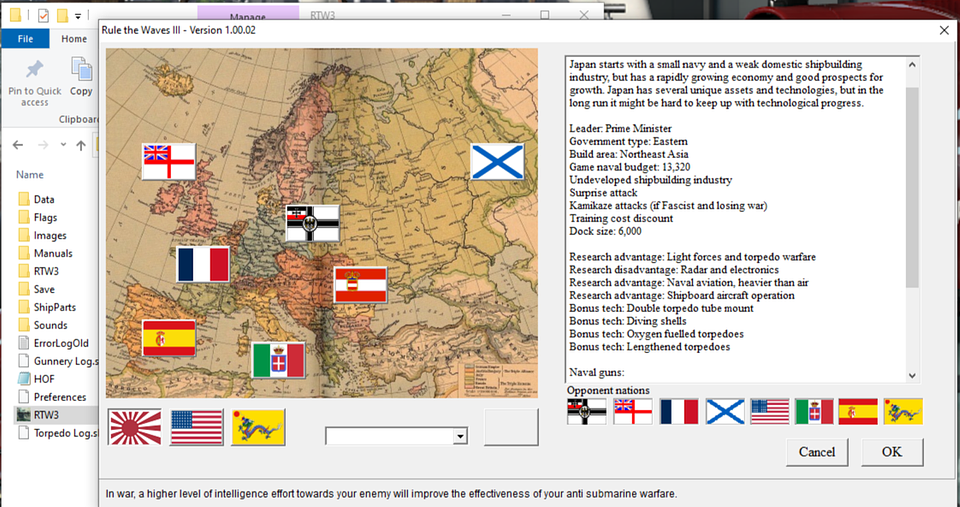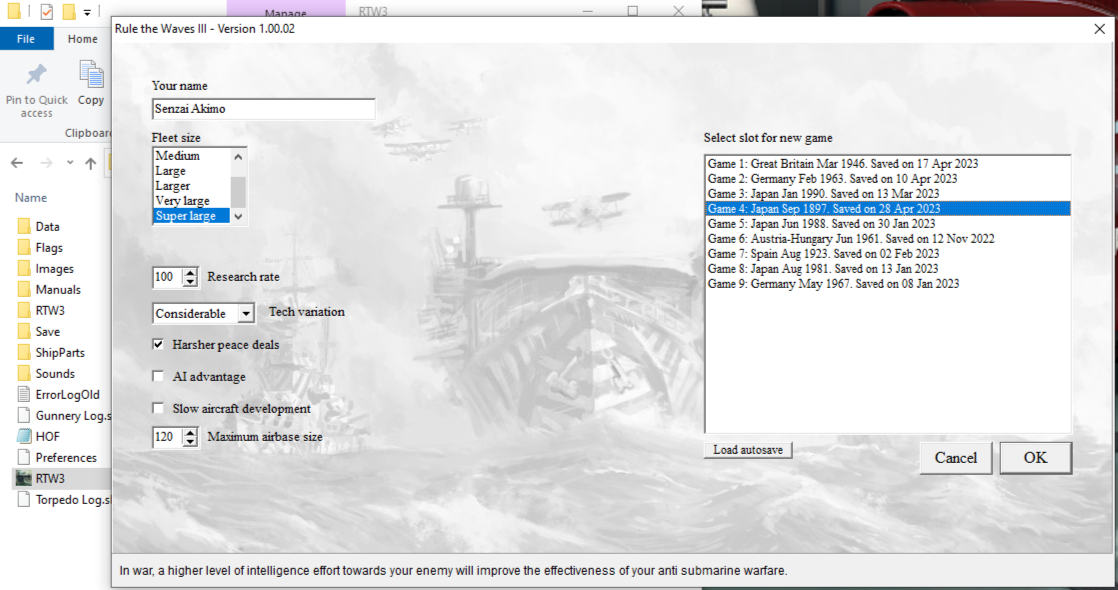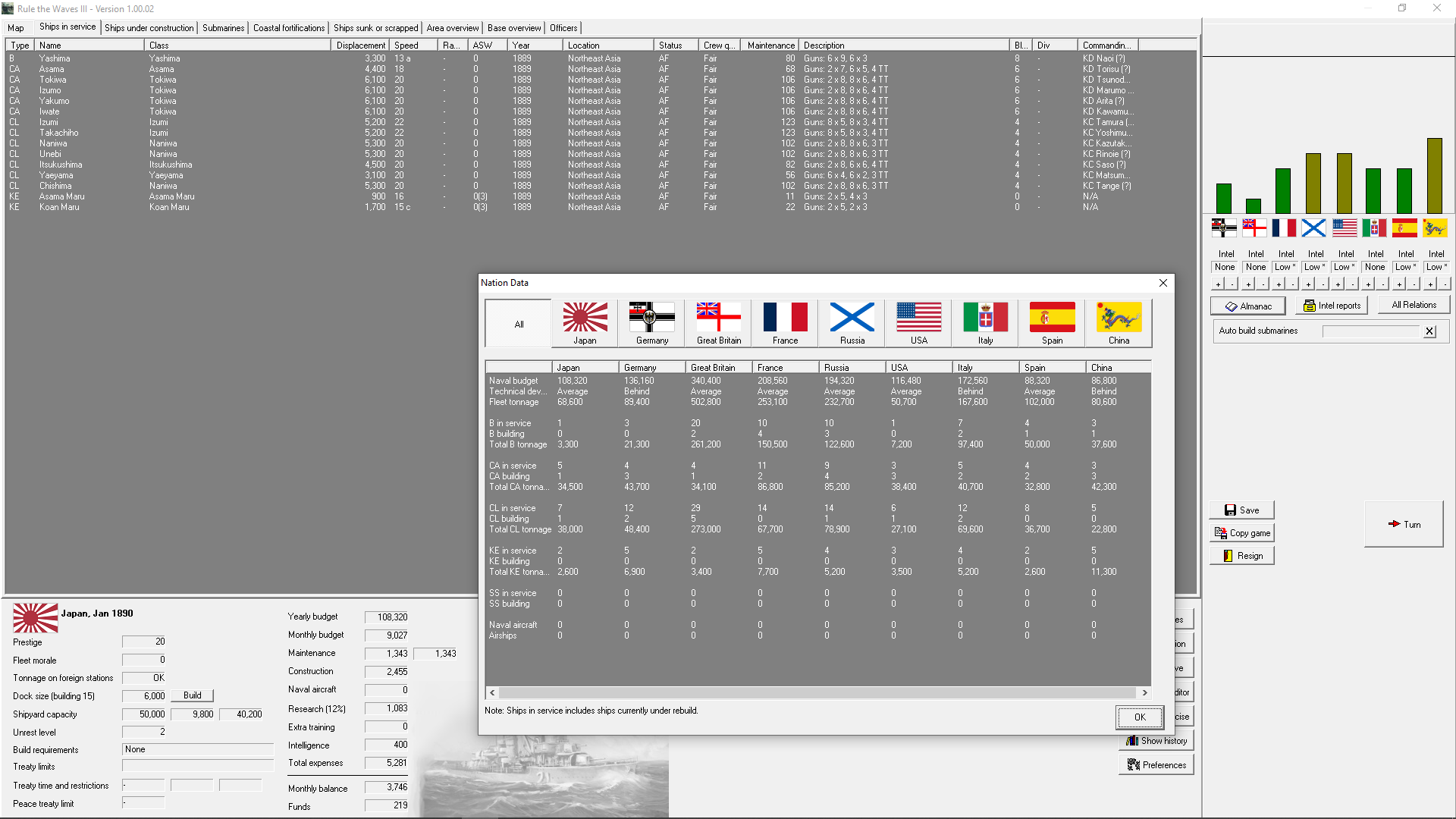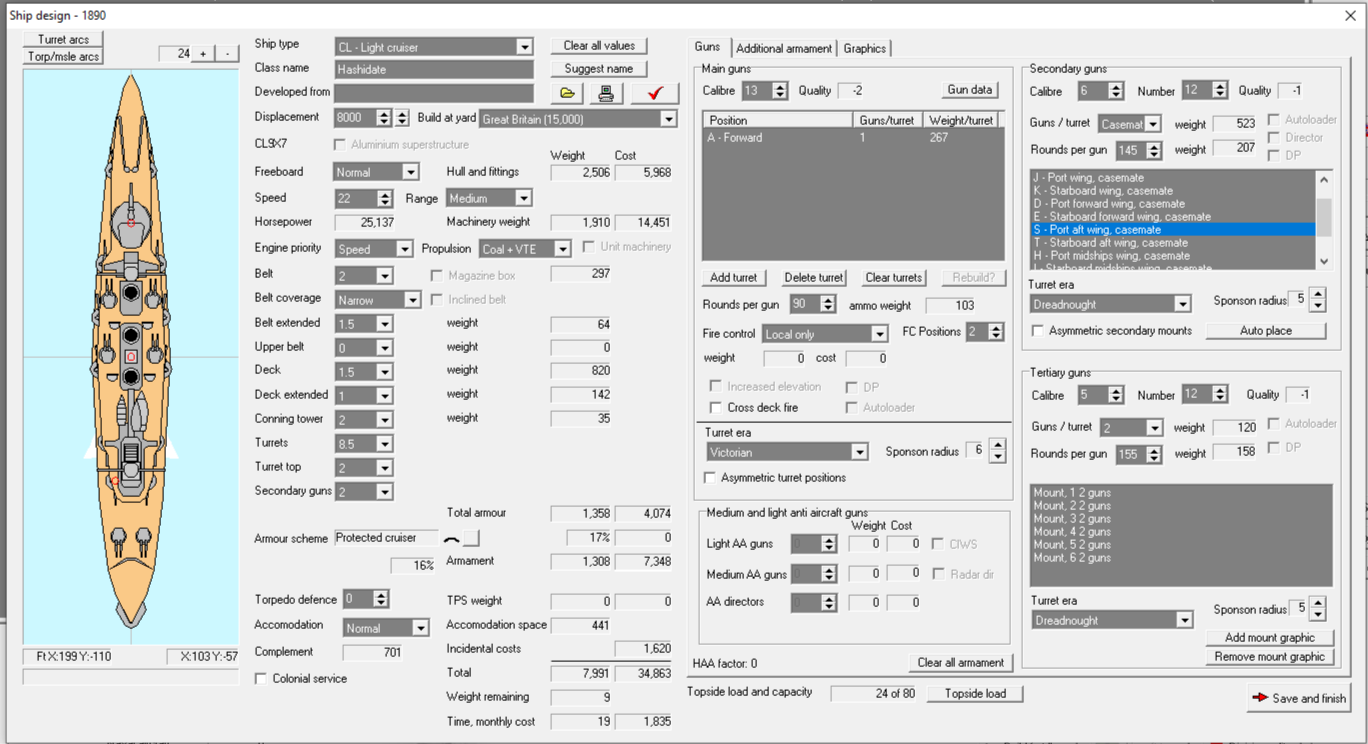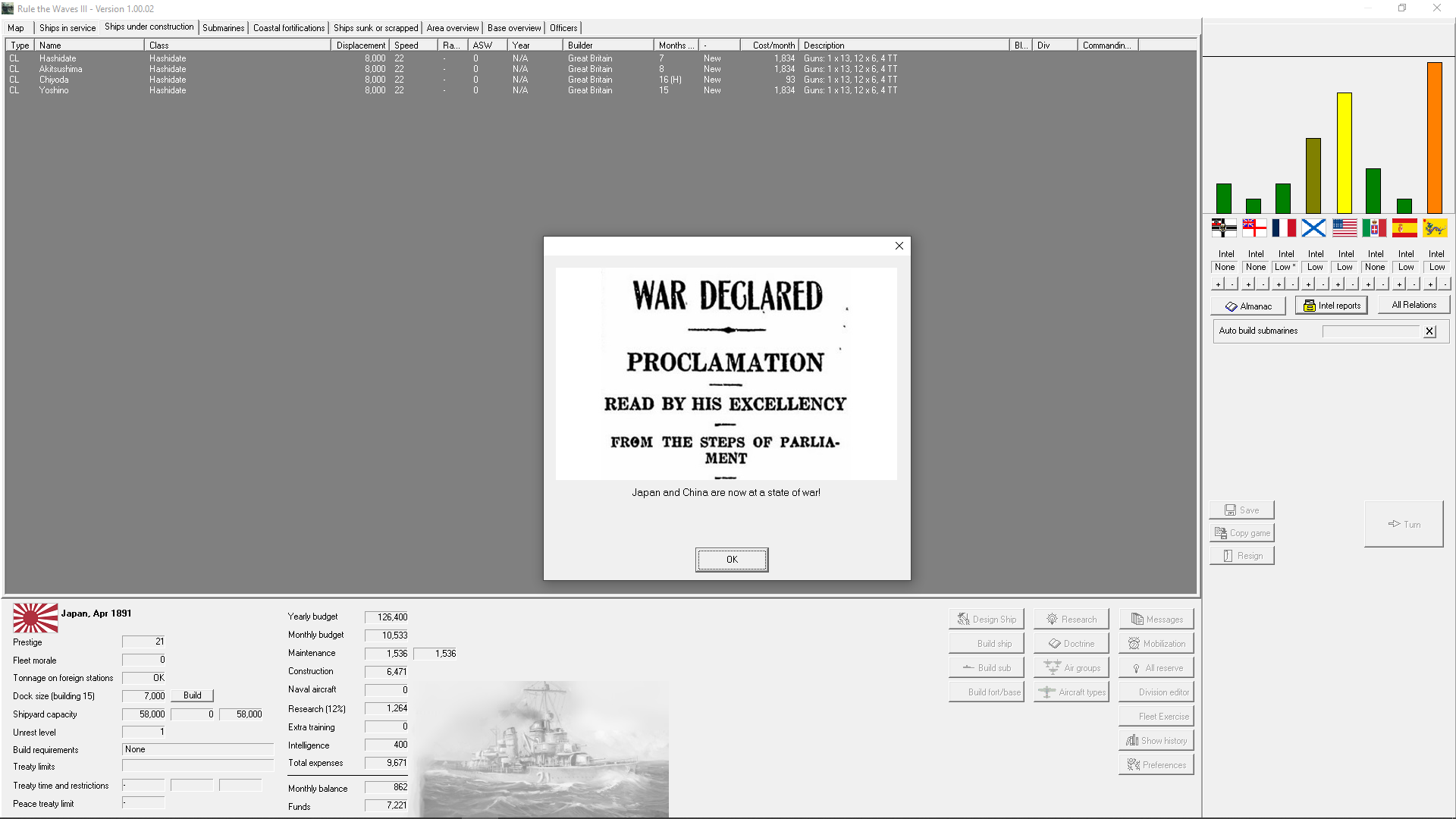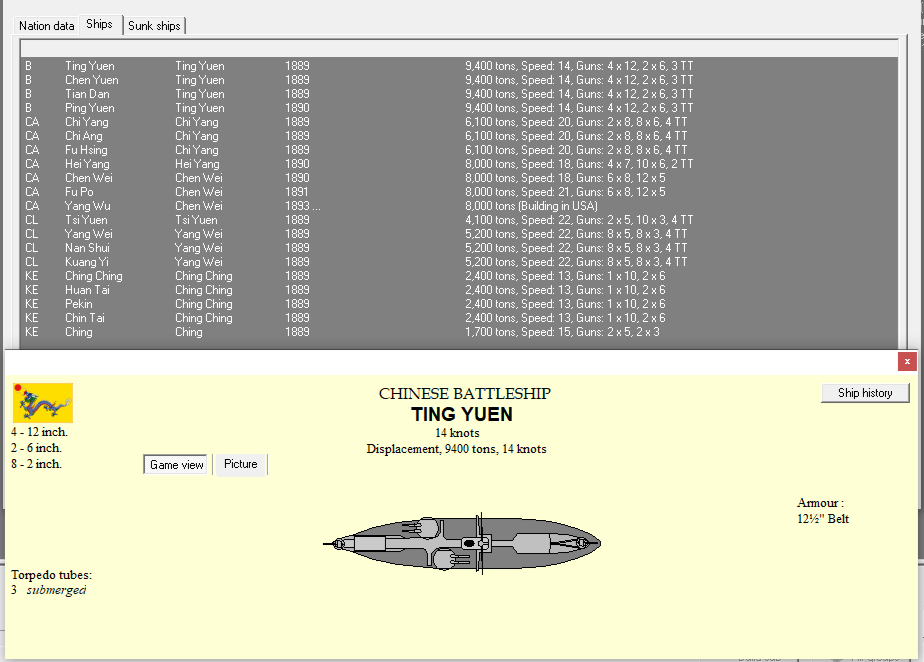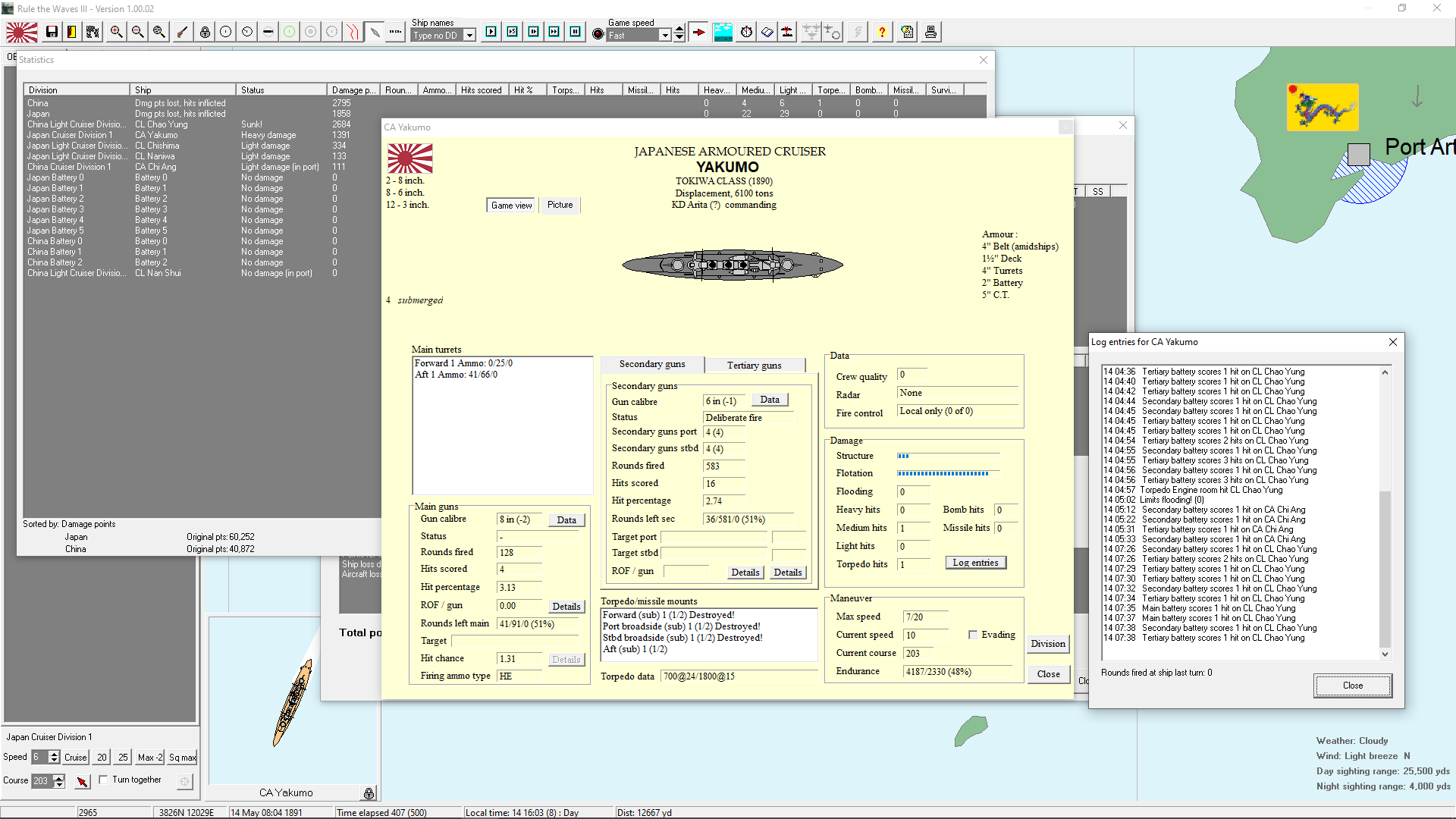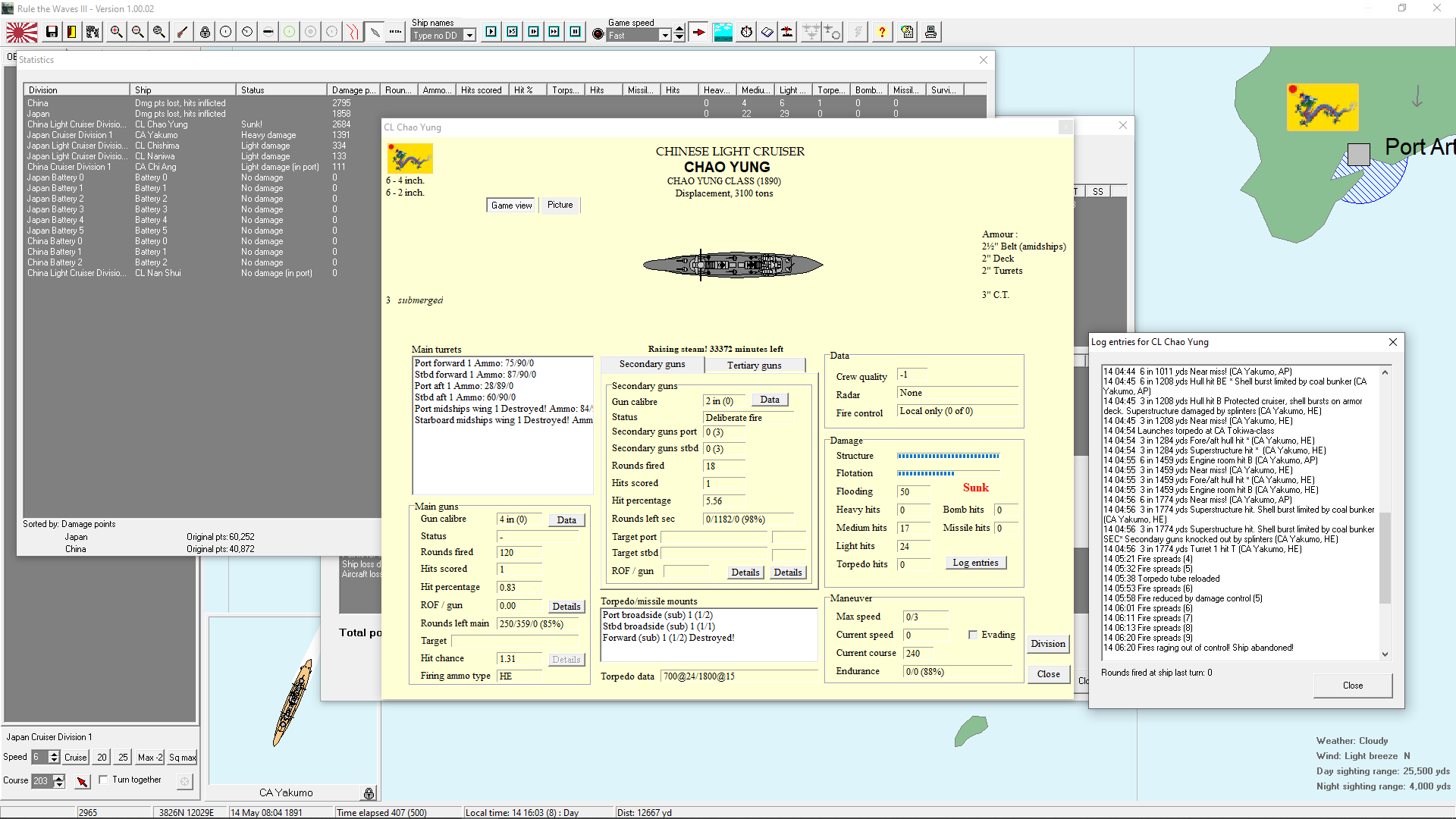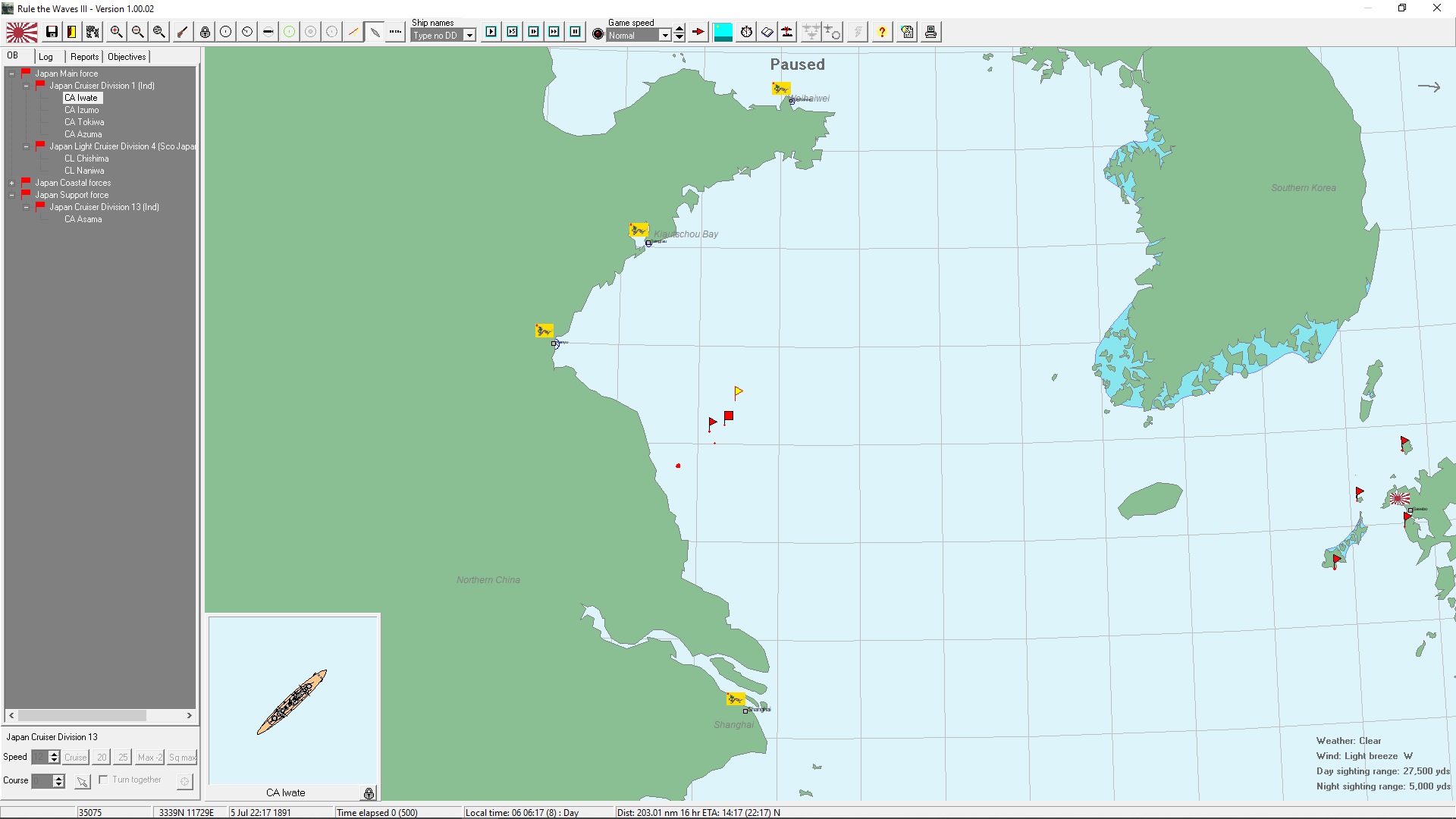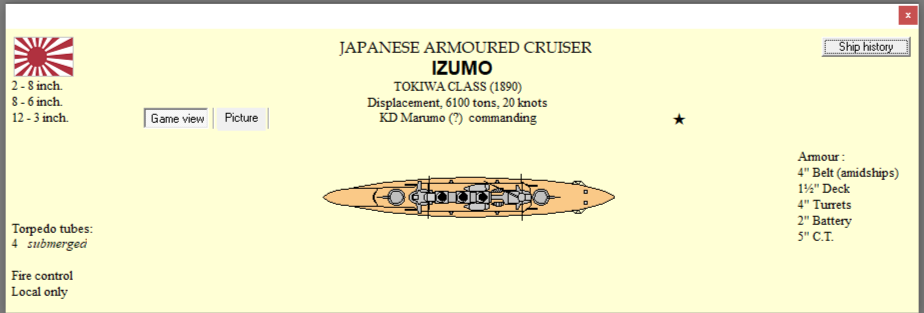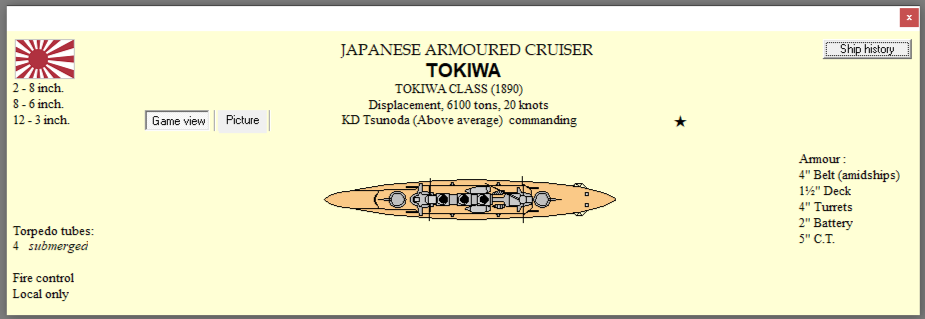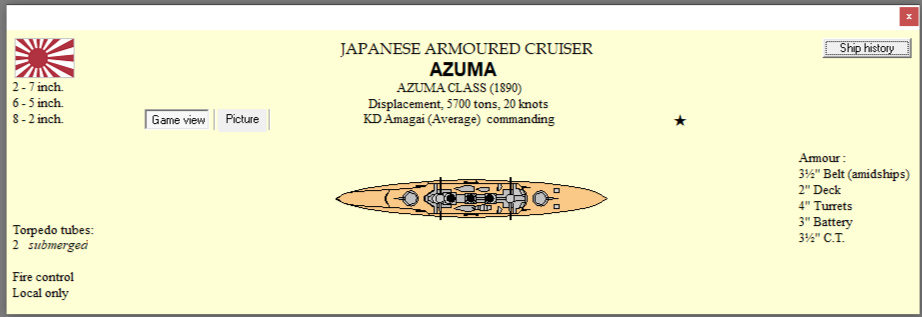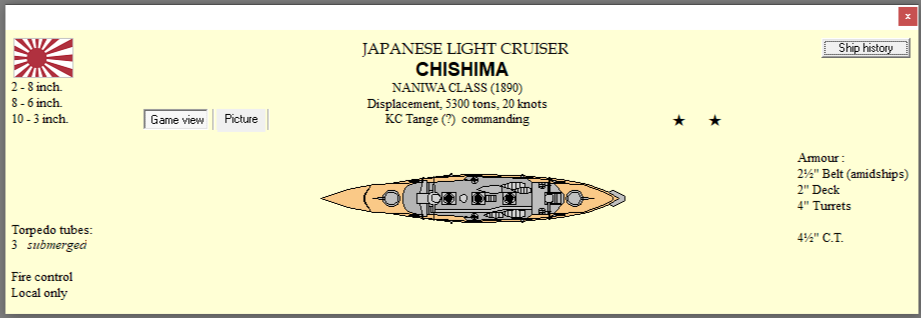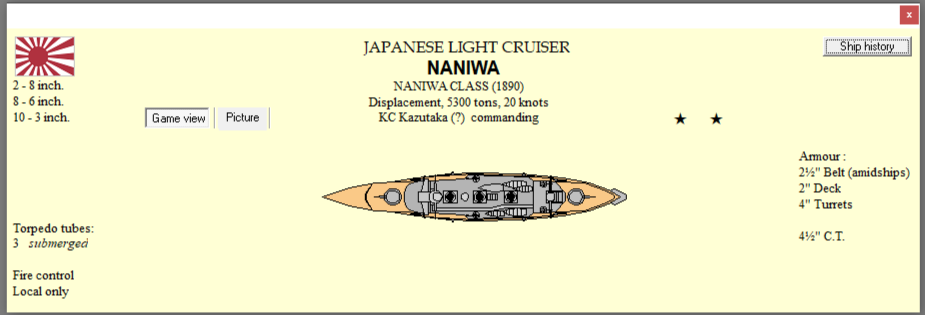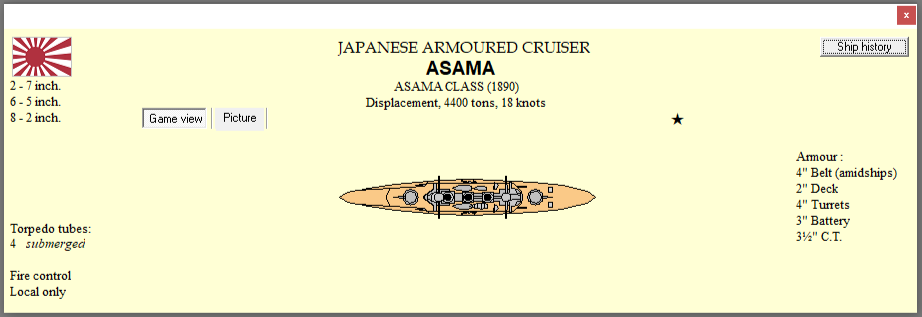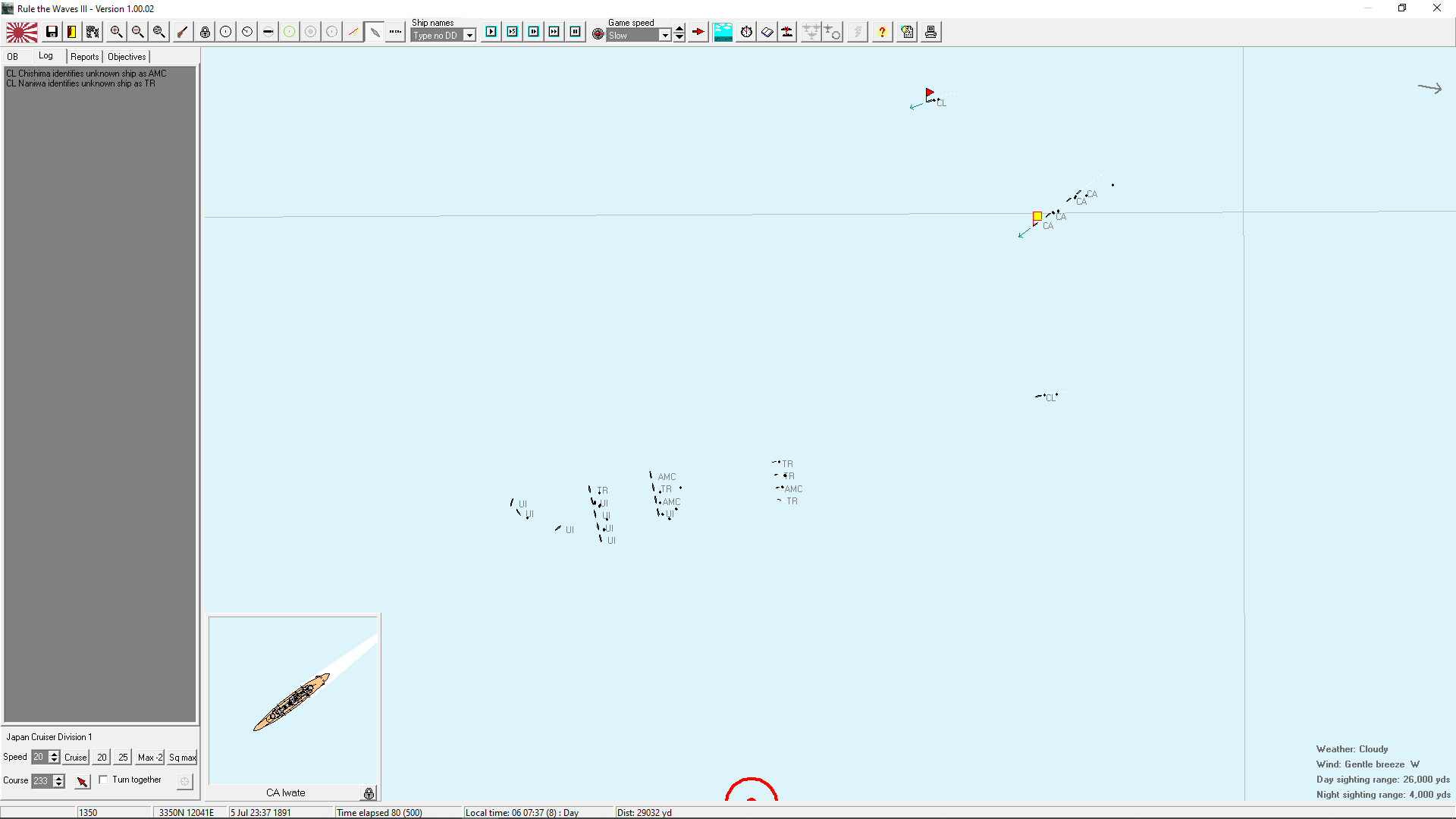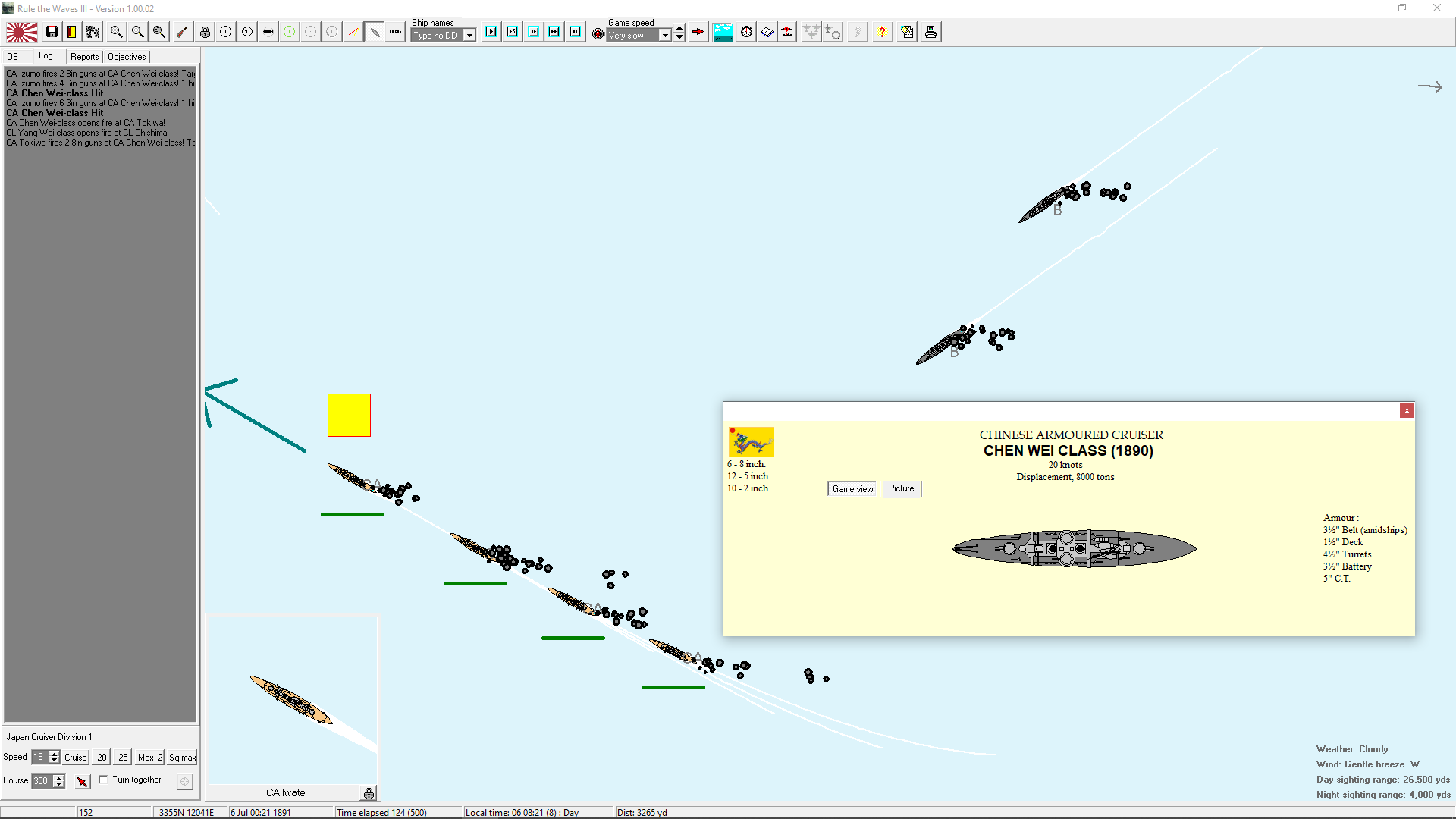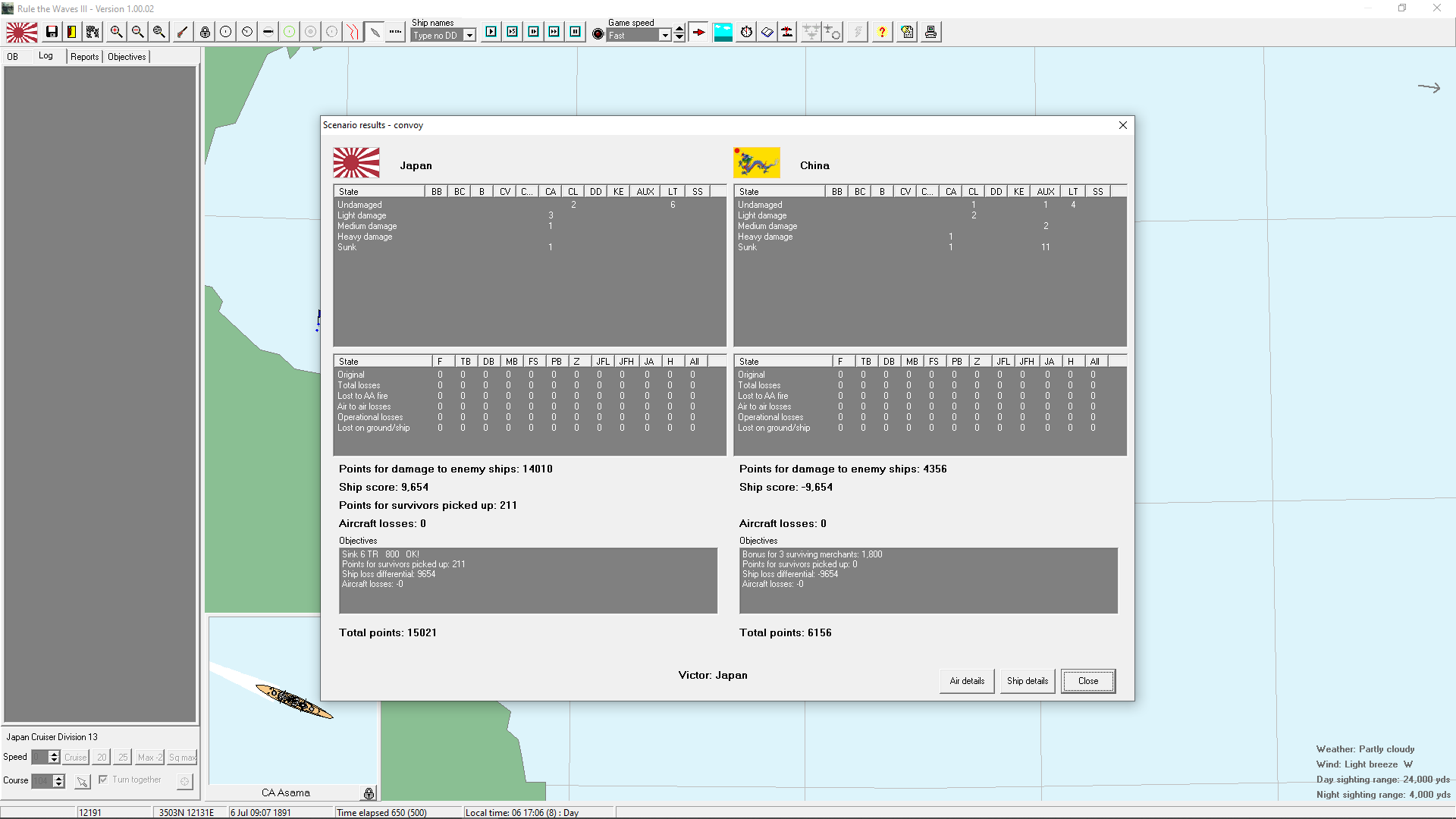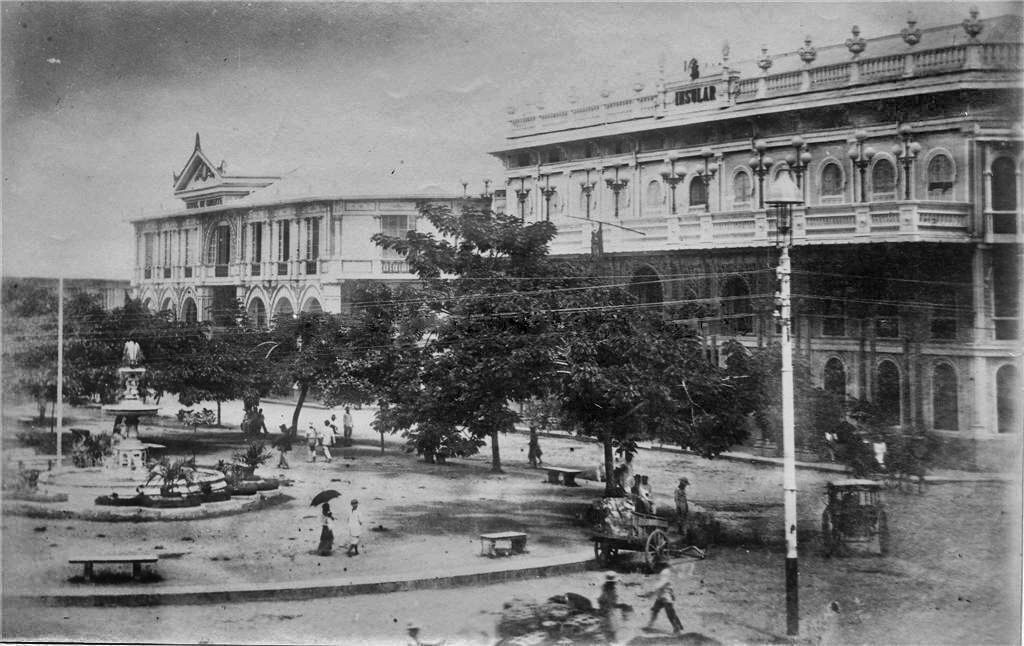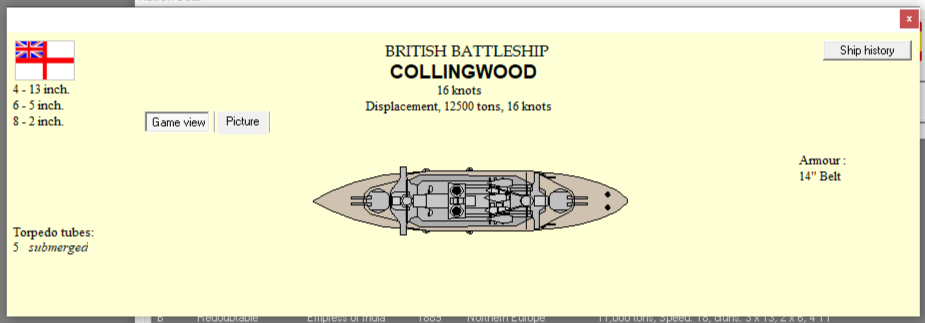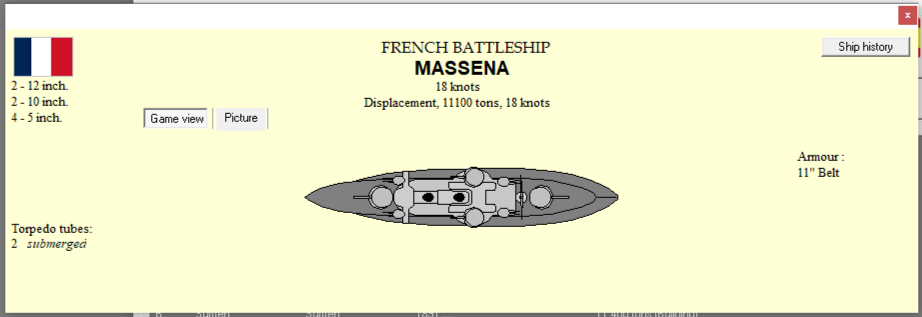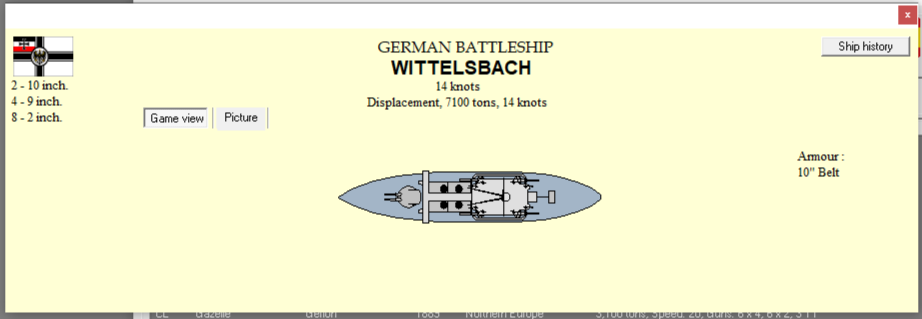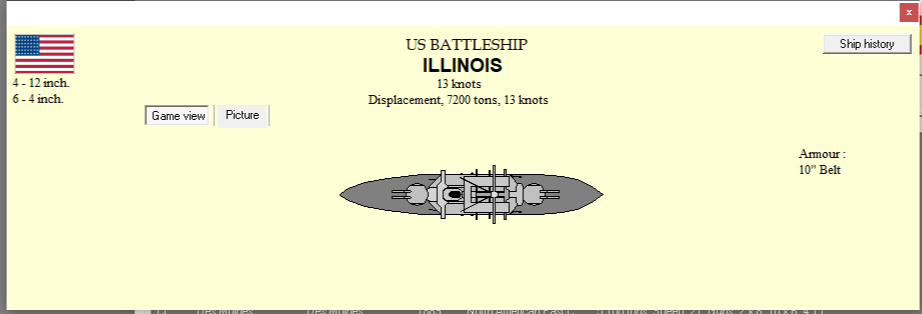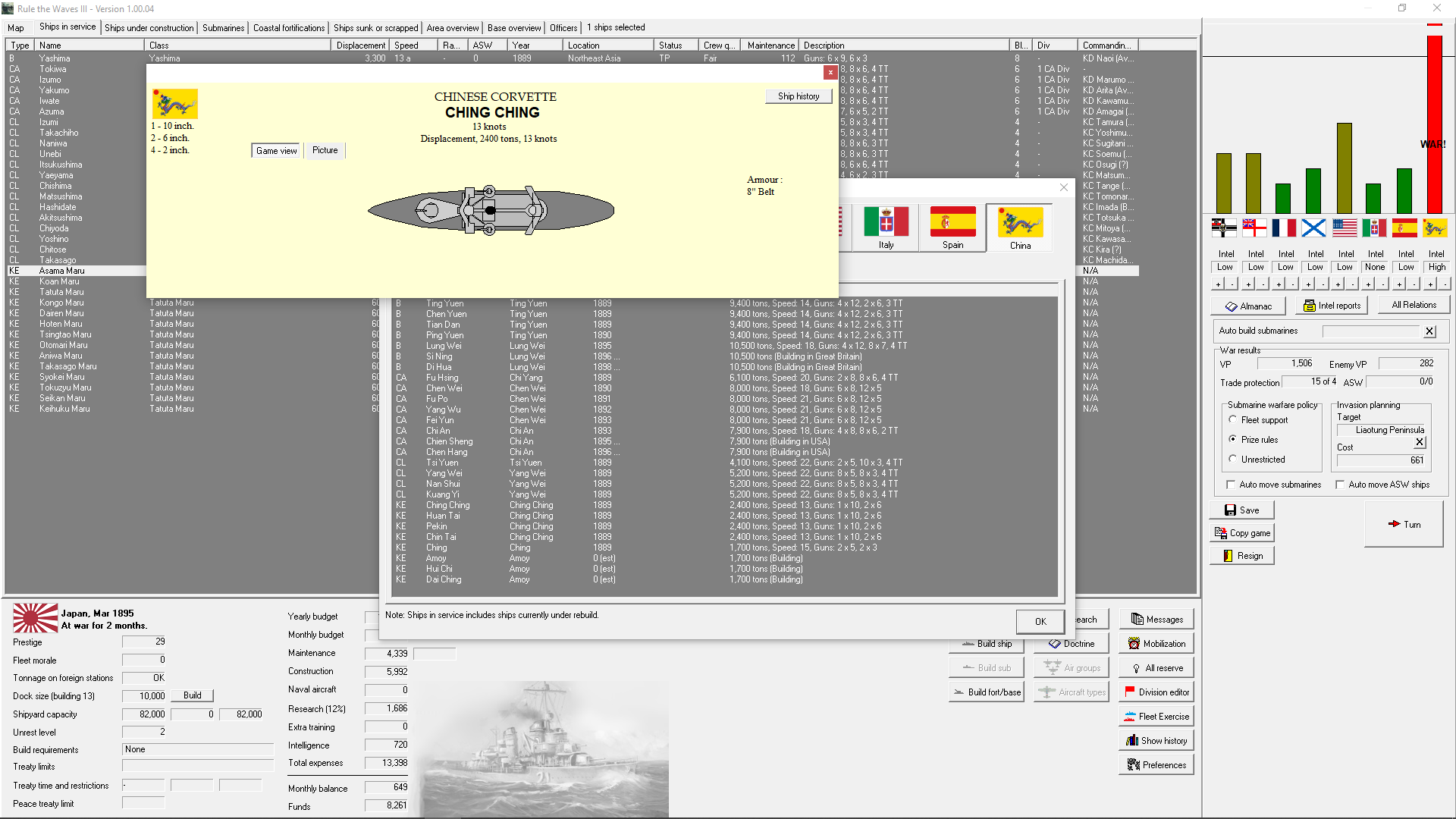
Akimo returned to Japan and with indignant fervor set about trying to orchestrate sticking a finger in the eye of every regional power he could, starting with the Japanese Army. Entirely dissatisfied with the Army's pace of decision making he bent whatever arms he needed to to begin the cohesive training of all 4 naval district's (Kure, Maizuru, Sasebo, & Yokosuka) Special Naval Landing Forces in both grand tactical and strategic operations. After just a few months the training became more specified as Southern Korea seemed to begin dissolving following the withdrawal of Chinese forces. In February a local warlord declared he was breaking away from the Kingdom and Japan seized its chance, landing two
Kaiheidan armies at both Pusan & ancient Mokp'o and swiftly routing all opposition. By the time the Army had managed to make divisions available the Navy had broken any semblance of domestic control and the Prefecture of Korea was formed.
Despite the Sino-Japanese Peace signed at Manila just 6 months before the international reaction was subdued, perhaps and indication that most of the parties had been “talked into” participating and had doubted success would be as complete as they'd been sold on.
When addressed about the Japanese “invasion” by the Press, Akimo (as the public voice of the Navy) blamed China for the dense lair of iniquities the Chinese 'peace keepers' had left behind when they withdrew. Chinese aristocracy immediately expressed sharp outrage, and the next month they had all their major surface units mobilized, a readiness state which was matched by Admiral Yamamoto while Akimo stirred government to provide more support for the Navy.
In June there was turmoil in the Liaotung Peninsula and the Navy sent a cruiser squadron to support the evacuation of Japanese citizens and protect their shipping. The next month France and the USA signed a mutual defense treaty, but there was no direct evidence it was related to developments in the Asian theatre.
Several months later in November tensions had begun to moderate a bit when Akimo was delicately approached by the Chinese Ambassador asking if Japan would match China if their naval budget were reduced. Akimo none-to-discretely wrote back, “only after one touch of the armored gauntlet”, which was in fact very close to sticking his finger in the ambassador's eye.
7 months later – all the while pairs of Hashidates completing and new pairs being ordered – the Prime Minister returned from a visit to China to discuss the Korean territorial boundary and suggested at a cabinet meeting that China had again extended an olive branch which would lead to lower tensions and expenditures. The long silence following was broken by Akimo murmuring none-too-quietly to himself, “the crew of Asama had had no such choice between peace and war.”
No further word was spoken upon the matter.
In July the Governor of Korea voiced concerns about Chinese Army Regulars taking positions opposing Korean Defense Forces and the Navy broadly proclaimed that it would support the Japanese investment in Korea, sending substantial forces to appear off either coast. After a few months of occasional low-level skirmishing there was a pro-Chinese uprising in the now remnant Korean Kingdom, and those squadrons were pressed in close to coastal towns to threaten Korea with quiet compliance. The uprising was not so much put down as 'discouraged' and the Chinese ploy failed.
A full year passed with only petty insults being shared, while a series of 5” batteries were constructed in Korea. As 1894 waned a large class of gunboats was completed, freeing up cruisers from future trade protection needs. In October China demanded Japanese withdrawal from Korea, to which Japan responded that first would come war. Tensions were extremely elevated.
At last however the latest dockyard improvements were finished and, at 10,000 tons, a domestic battleship could be considered. The Spanish Governor had not been wrong, Japan had had no answer for the Chinese battleships- and in fact 3 more battleships of unknown type were under construction in England at that very moment. Thus, a ship was drafted which could at least meet such an enemy in battle, and hopefully after none-too-long in greater numbers.

For the moment such ships must do, though everyone admitted that they were only ships of the moment, significant improvements must still be made to even match ships which were at sea 5 years previously. These were a simple stop-gap.
Design studies ordered in January of '95, one month later the Korean Governor was assassinated by pro-Chinese dissidents. Japan issued an ultimatum which went unacknowledged, and so in February war was again declared.

